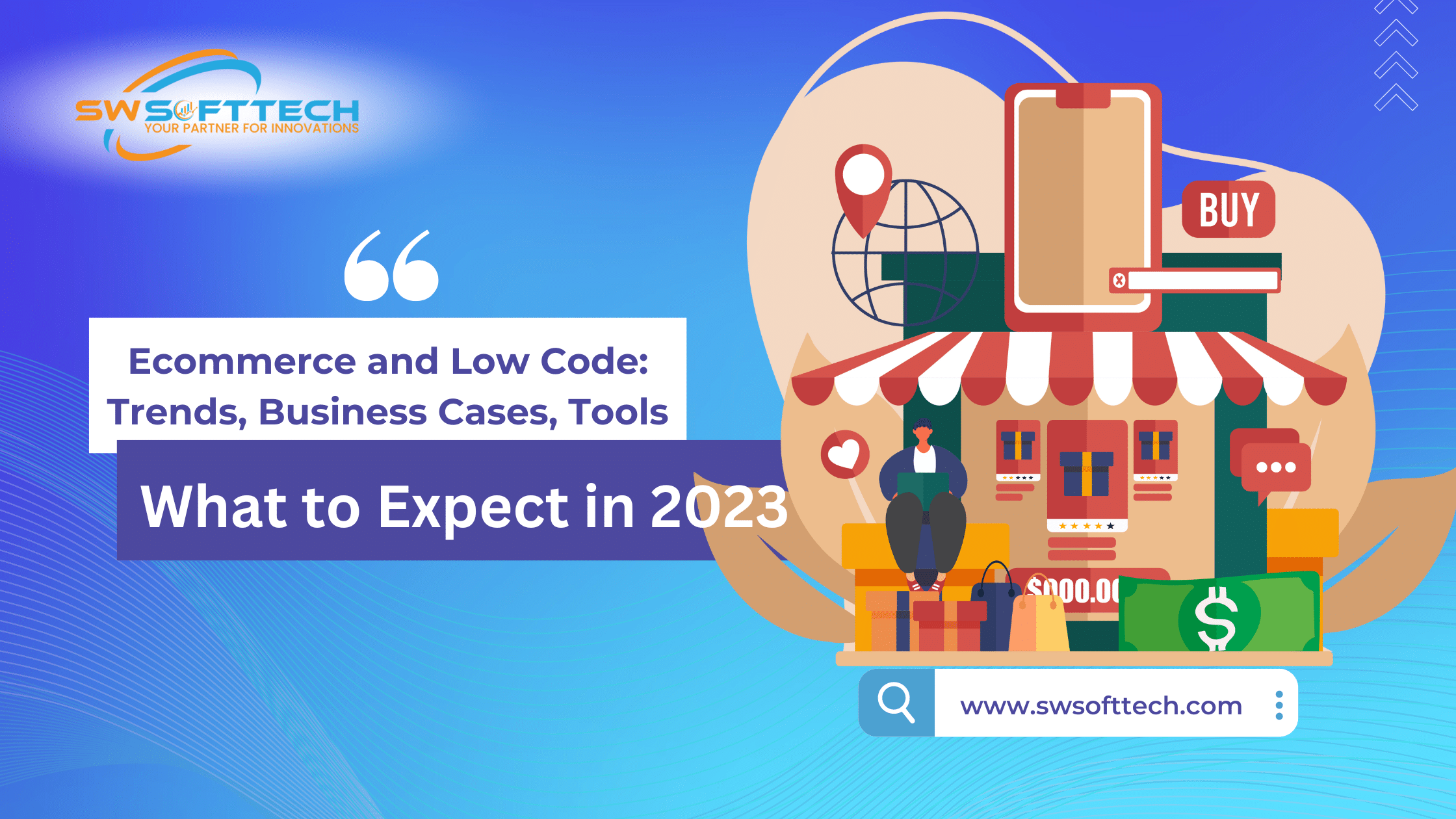The world of ecommerce is becoming increasingly competitive. Trends must be constantly monitored to stay at the top of the competition. You know that you have to keep up with ecommerce trends to mature your ecommerce store, or else you might risk falling drastically behind. To ensure future success, you must continue to look ahead. As we look ahead to 2023, you must be aware of these trends to capitalize on them. That’s why ecommerce trends must be analyzed and adopted promptly. This allows you to propel your ecommerce brand forward and stay ahead of the competition.
Here are the biggest ecommerce trends for 2023
Consumers put the pedal to the metal when it comes to online shopping.
Ecommerce sales have been steadily increasing and for a good reason. One of the most popular activities in the internet world is shopping. According to eMarketer, global ecommerce sales will increase 12.2% year on year to $6.3 trillion in 2023. That isn’t all. Online sales are expected to grow further and reach $8.1 trillion by 2026, approximately 55.8% more than total sales of ecommerce in 2021.
Even though online shopping is one of the most popular activities, its usage varies by region. With the growing popularity of ecommerce stores, more people are turning to online shopping.
Ecommerce grows even more robust in digitally mature markets.
The COVID-19 pandemic has undoubtedly had a significant impact, if not the largest, on ecommerce trends in recent years. With governments worldwide closing all stores to implement the lockdowns to restrict social movement for months to combat the coronavirus, many people turned to online shopping to make purchases. However, experts predicted that the impact of the coronavirus will not be a one-time boost to ecommerce but will be long-lasting, even after COVID-19. This is because people will become accustomed to the comfort and convenience it provides and the advantages of contactless payments, likely resulting in a permanent behavioral shift toward digital purchases.
Indeed, market analysts predict that the coronavirus pandemic will benefit the ecommerce industry the most. As a result, global penetration rates are expected to rise to 27% by 2026 from 22%. Analysts predict that ecommerce adoption will increase even in countries where online shopping is already prevalent. For example, in the US, ecommerce penetration rates will keep rising from 23% to 31% by 2026.
Mobile shopping is gaining popularity.
The rise of mobile commerce has been especially notable. Total mobile device sales reached $359.32 billion in 2021. By 2025, this figure is expected to double to $728.8 billion, accounting for about 44% of US retail ecommerce sales. These figures must not be overlooked, but improving the ecommerce experience for mobile customers is a more can significant opportunity for businesses.
The increased use of mobile devices has contributed to the growth of ecommerce. This is because consumers aren’t just shopping online and using their mobile devices to browse or search before purchasing. As consumers’ trust in online shopping grows, they are more comfortable shopping on mobile devices than ever. This is especially true for more Gen Z consumers, who have grown up with computers and the Internet at their fingertips.
In addition, compared to older generations, these generations are more likely to shop online using mobile devices. With more and more websites becoming mobile-friendly, ensure that your website and online store are mobile-friendly. This simplifies and makes ecommerce more accessible to a broader audience.
Young consumers are altering the business landscape.
Online shopping has become more popular among consumers of all ages in recent years. However, one demographic is increasingly shopping online: young people. According to survey results, two out of every three (80%) young consumers aged 25 to 40 do most of their shopping online. Young consumers primarily shop online to save money and find deals, but they also value a simple checkout process and business product recommendations.
eCOMMERCE AND LOW CODE TOOLS
With upselling techniques and marketing strategies on the rise, global ecommerce spending increased at an unprecedented rate. As a result, global ecommerce sales are expected to exceed 3.5 trillion USD by 2023, according to Statista.
So, despite how difficult things have been over the last year, now is an excellent time to get into the ecommerce game. If you’re starting, you’ll probably benefit from deploying essential ecommerce tools to improve performance. Numerous ecommerce tools are available to help you increase sales and enhance the overall user experience.
This article will concentrate on tools from the following categories:
- website tools
- research tools
- business tools
- Marketing tools
- Analytics tool
Significant Growth in the Information Technology Sector
- IT enterprises have played a primary role in dominating the low-code development platform market. Firms in this vertical need to develop numerous applications for themselves and their clients, either for mobile or online (or both).
- The advantages of low-code development platforms have enabled apps to be quickly created, shared, and updated, resulting in increased productivity and optimized resource utilization, driving the demand for LCDPs among IT firms.
- LCDPs have piqued the interest of enterprises in the IT sector in recent years, owing to their significant payoffs for only their developers and customers who rely on their software applications.
- According to Caspio’s recent research, 63% of low-code platform users have many skills and resources to meet the demand for custom apps, and 61% of them say they successfully deliver them on time, in scope, and within budget. Furthermore, 58% of respondents who use low-code platforms said they could meet the business’s demand for custom app requests.
- Furthermore, in the midst of the COVID-19 pandemic, the sector is experiencing massive backlogs due to an increase in demand from enterprises for packaged software and apps to engage with targeted customers and clients over the Internet. As a result, IT enterprises must deploy these platforms to maintain a competitive advantage and optimize resource utilization.







